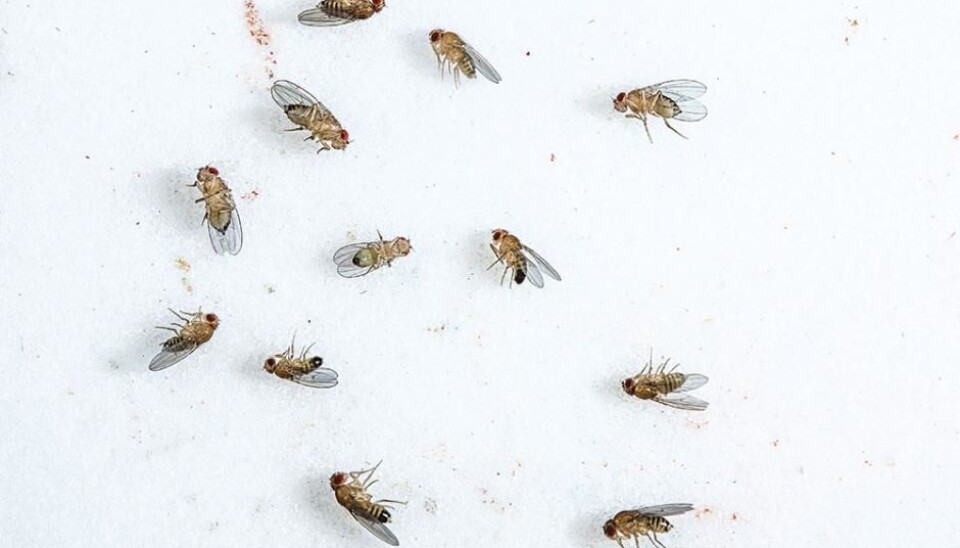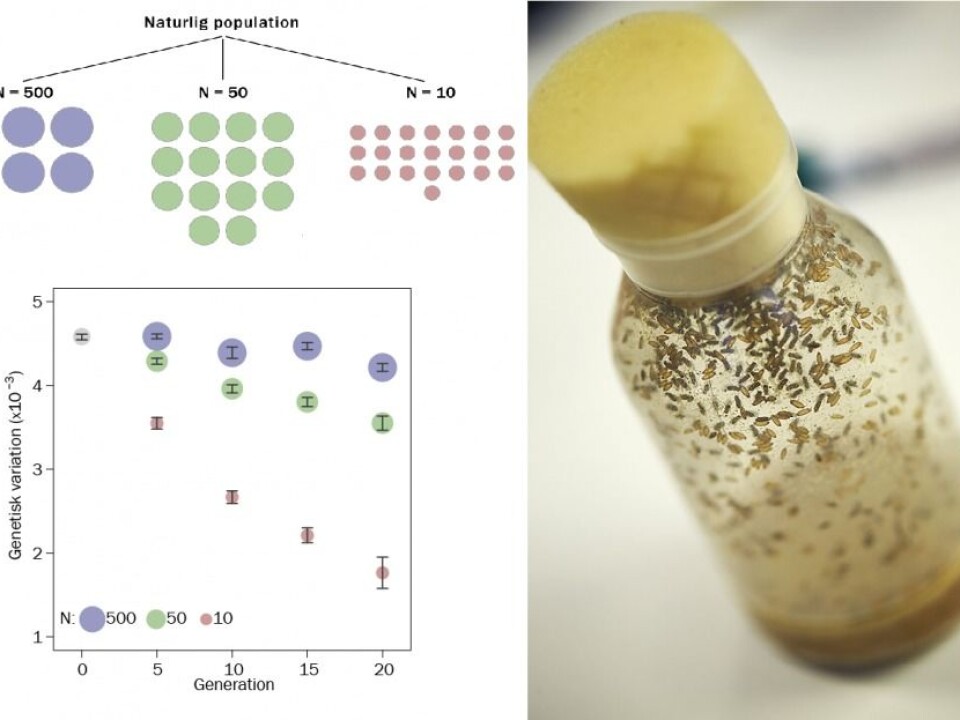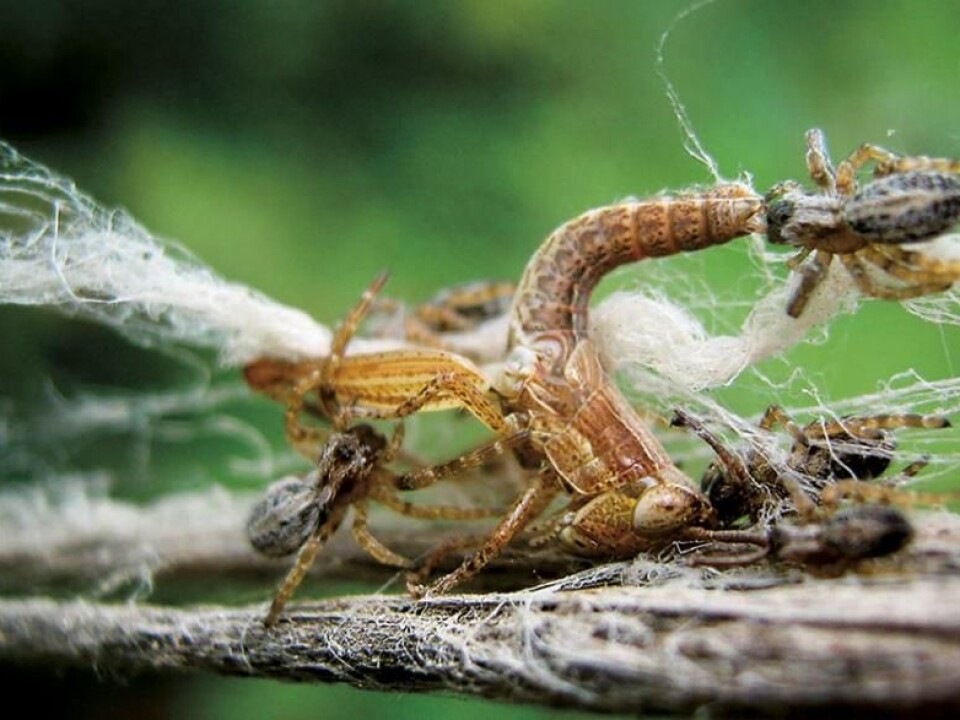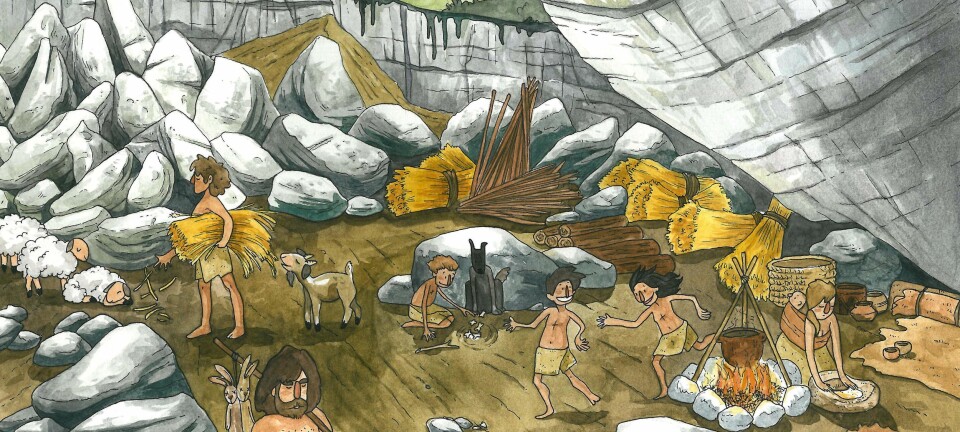
When is genetic diversity lost?
How many individuals of a given species are needed to maintain genetic diversity in the long run?
All complex organisms have two copies of every gene in their DNA—typically one from the mother and one from the father. When these copies are not the same, we say that there is genetic diversity within an individual.
Genetic diversity also exists between individuals in a population/species, and such genetic diversity represents the raw material for evolution, enabling a population or species to adapt to environmental changes or new diseases across generations.
But how many individuals of a given species do you need to maintain long-term genetic diversity? This question is both of practical and scientific interest.
Many populations of mammals are in sharp decline—some to less than 500 individuals in a population. Many of their natural habitats have been lost and the habitats that are left are strongly fragmented. This means that species that require lots of space, such as the European Bison, are now restricted to certain areas in isolated populations.

In the Department of Bioscience - Genetics, Ecology and Evolution, at Aarhus University, Denmark, we studied what effect such population bottlenecks have on the genetic diversity of animals. But we’re not using Bison, we’re using fruit flies (Drosophila melanogaster).
Fruit flies are much easier to study than Bison: There’s plenty of room for them in the laboratory for one, and they have a short lifescycle of two weeks. What’s more, their genome has been mapped and thoroughly studied, which gives us a good foundation for further analyses.
Read More: Genetics have remained constant for 8,000 years in world’s melting pot
From the orchard to fly DNA
We established a laboratory population using 600 fertilised female flies taken from a natural population of flies from an orchard in Jutland, West Denmark. From them, we established 42 new populations, each of a set size, representing a bottleneck of 10, 50, or 500 individuals.

We maintained these fly populations for 20 generations at these set sizes and in every fifth generation we sequenced (decoded) their DNA. This allowed us to estimate the genetic diversity in each group of every generation.
The genetic diversity is defined as the average difference between each pair of genes in a DNA sequence in a given population. It is often called the nucleotide diversity or the Tajima’s pi.
Our results show that all groups became less genetically diverse. The smallest populations (ten individuals) lost the most genetic diversity, the medium sized population (50 individuals) lost a little less, while the larger populations (500 individuals) retained the most diversity. Though even these groups lost some diversity after 20 generations.
It begs the question: Are 500 individuals enough to maintain long-term genetic diversity? A large loss in genetic diversity is a direct consequence of a small population size, and the problem grows as each subsequent generation loses a little more.
The relationship between population size and loss of genetic diversity occurs because there is a random component to the transfer of genetic diversity from one generation to the next. The smaller the population size, the larger this random component is, whereby a larger fraction of genetic diversity is lost in the transfer— so-called random genetic drift.
Read More: Birdsong is genetically coded
Social spiders
But population size isn’t the only important factor for the maintenance of genetic diversity. Biology also has an important role to play.
Like fruit flies, most spiders are solitary, which means that they live most of their lives alone without having to cooperate with each other.
Most spider species only break this habit when they seek a mate. But some spider species (around 25 out of 45,000) have developed a social structure, which means that many hundred individuals live together in nests their entire lives. These spiders cooperate to build large webs, share prey, and take care of each other’s young.
A number of biological factors can have a negative influence the maintenance of genetic diversity in these social spiders:
- their social structure leads to strong inbreeding
- females outnumber males approximately ten to one
- less than half of the females have young
- spiders in each nest as well as the entire population have a high turnover frequency—meaning a high rate of extinction and re-establishment from an existing population or nest. The genetic diversity present in a population that is going for extinct, is lost.
All these factors mean that even though the actual population size might be very large, the effective population size and therefore the amount of genetic diversity inside a colony is dramatically reduced in relation to the solitary species.
Read More: Global genetic diversity mapped by new study
Are social spiders at an evolutionary dead-end?
Out of approximately 20 species of the Stegodyphus genus of spiders, three of them have independently developed a social structure. All three live in the tropics, in India, South Africa, and Namibia. Solitary species live in both the tropics and sub-tropics.
We have studied the genetic diversity of ten individuals from five populations of each of these three species of Stegodyphus, to find out how much genetic diversity is lost due to their social behaviour.
We saw a dramatic loss in genetic diversity, with social spiders having only ten percent of that of solitary species and our results could even suggest that their social structure is an evolutionary dead-end.
This is supported by the fact that such few social spider species exist today. Conversely, similar social structures do not occur in species everywhere, but rather in places where habitats remain stable for long periods and do not require large genetic diversity to adapt to changes.
Read More: New evidence that environmental change can outpace genetic adaptation
Many roads to an uncertain future
Our research on fruit flies and spiders show that there are many ways in which the effective population size can shrink, leading to increased random genetic drift and a loss of genetic diversity.
Social spiders have large populations, but their social biology is so extreme that their actual population size (the number of individuals) has no effect on their effective population size.
For these species, a loss of genetic diversity is a natural condition and we can only speculate on how durable this situation is in the long run.
For most mammals, the actual population size is the most important factor determining their genetic diversity. And as our studies on fruit flies show, a smaller population leads to a strong decline in genetic diversity, and a very uncertain future.
---------------
Read this article in Danish at ForskerZonen, part of Videnskab.dk. This article was originally published at Aktuel Naturvidenskab.
Translated by: Catherine Jex
Scientific links
- Schou, M. F., Loeschcke, V., Bechsgaard, J., Schlötterer, C., & Kristensen, T. N. (2017). Unexpected high genetic diversity in small populations suggests maintenance by associative overdominance. Molecular Ecology, 26, 6510–6523.
- Settepani, V., Schou, M. F., Greve, M., Grinsted, L., Bechsgaard, J., & Bilde, T. (2017). Evolution of sociality in spiders leads to depleted genomic diversity at both population and species levels. Molecular Ecology, 26, 4197–4210.









